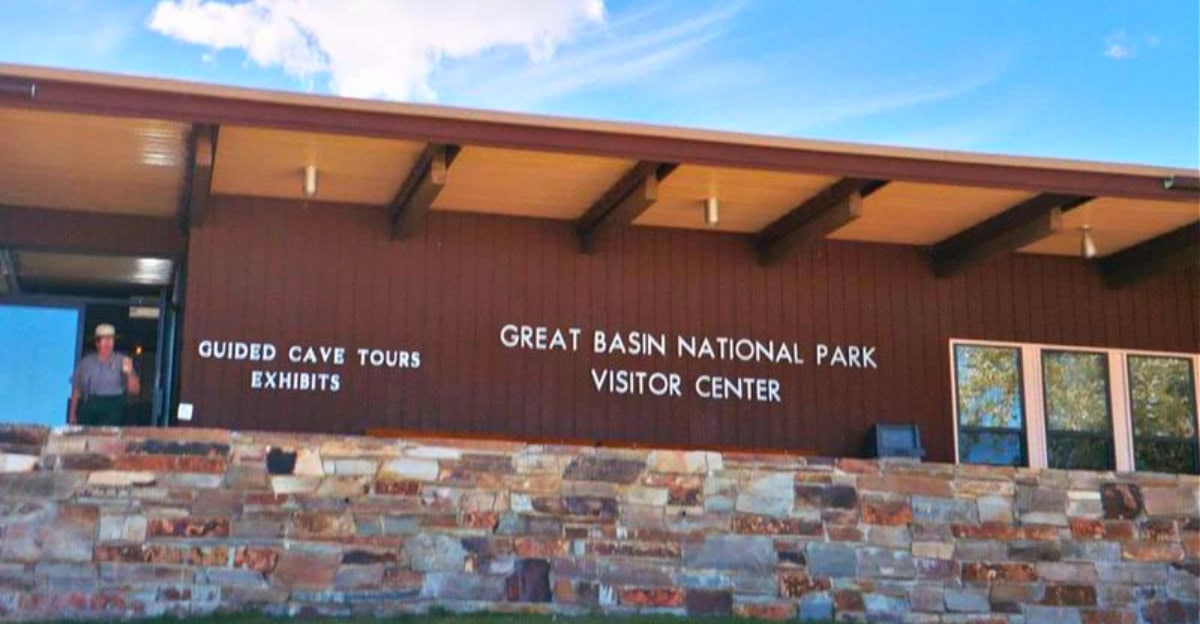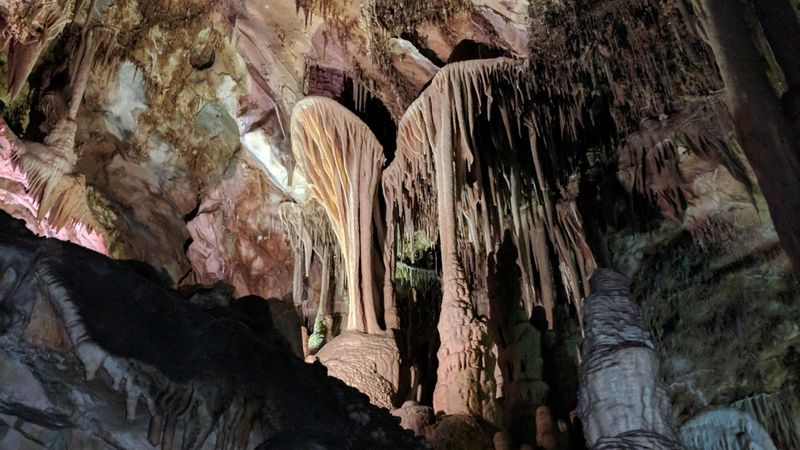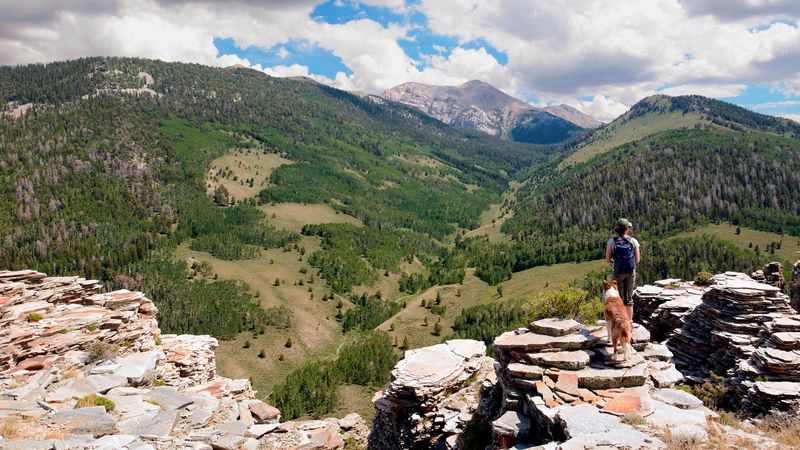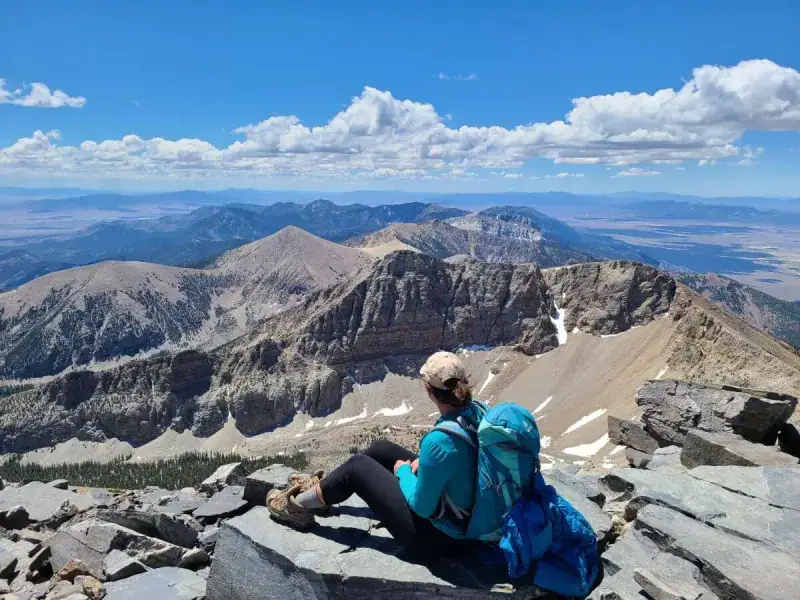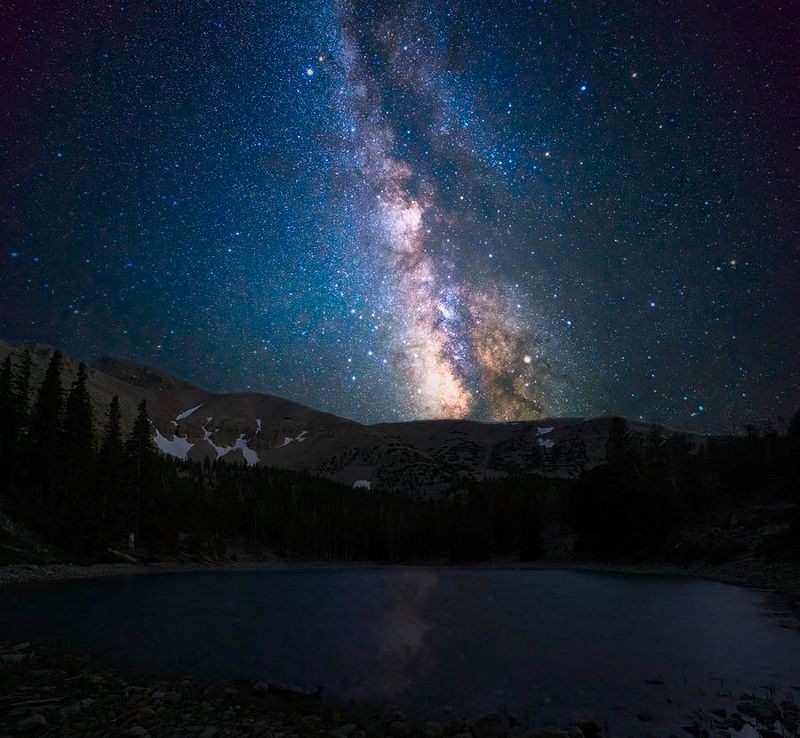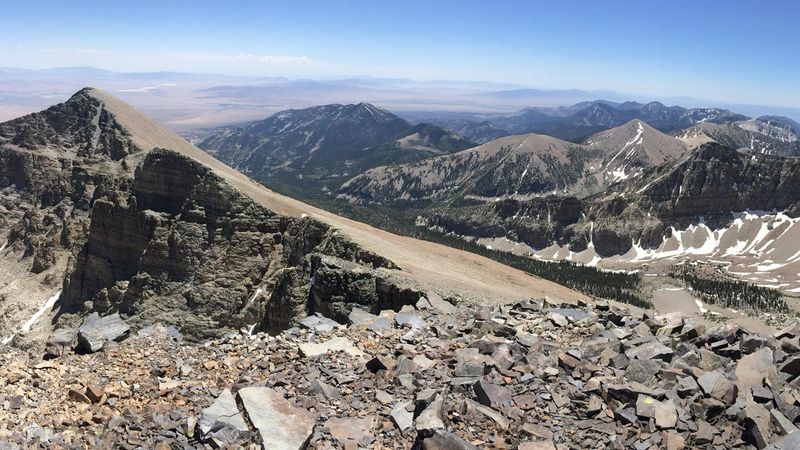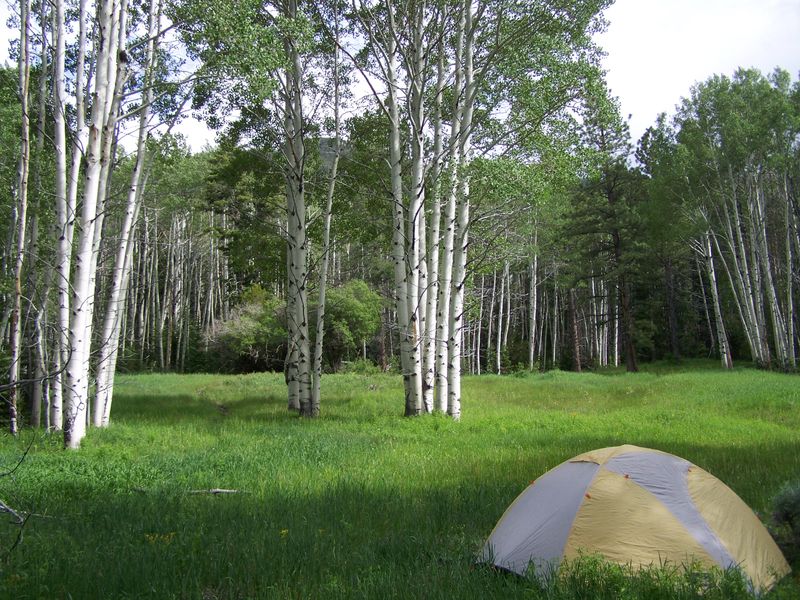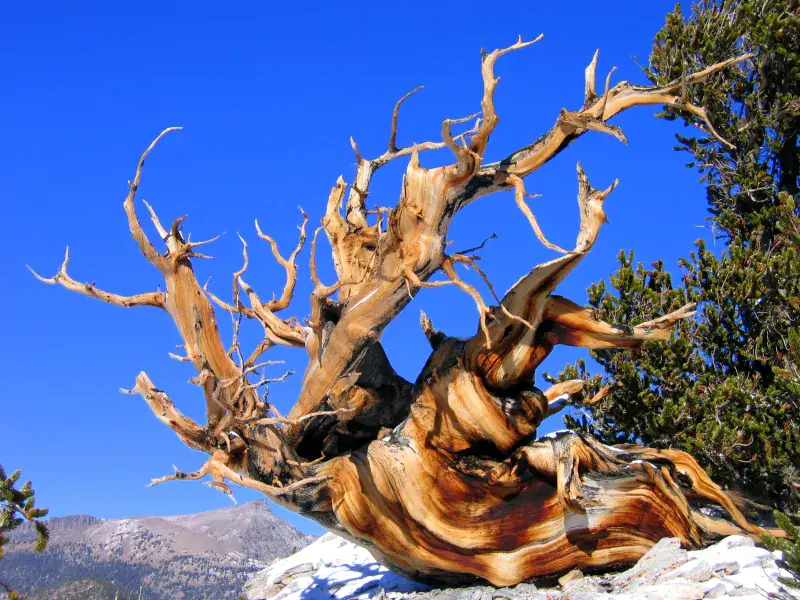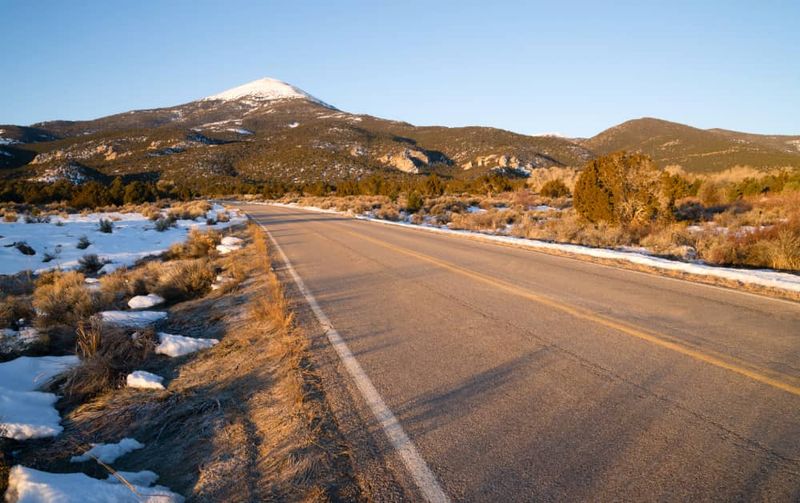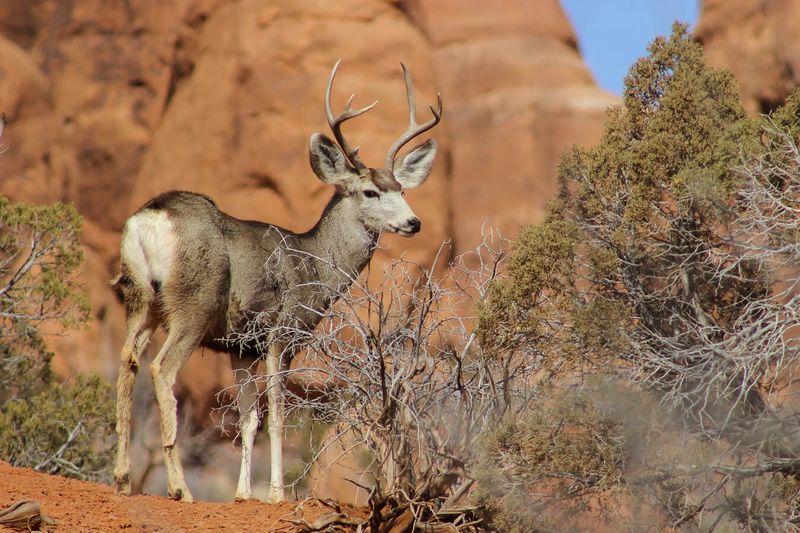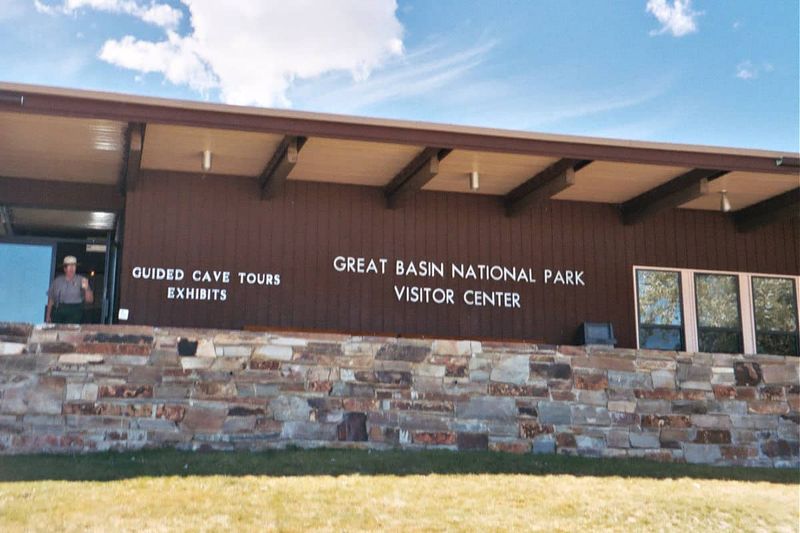Tucked away in eastern Nevada, Great Basin National Park remains one of America’s most overlooked natural treasures. While millions flock to crowded destinations like Yellowstone and Yosemite, this hidden gem offers breathtaking landscapes, ancient wonders, and peaceful solitude. From underground caves to towering peaks, Great Basin delivers unforgettable experiences without the tourist masses.
1. Book Your Lehman Caves Adventure Early
Underground magic awaits beneath Great Basin’s surface, but only if you plan ahead. Lehman Caves tours sell out quickly, especially during summer months when families visit.
Rangers lead fascinating journeys through limestone chambers filled with rare shield formations found nowhere else on Earth. Book your tour up to 30 days in advance through Recreation.gov to secure your spot in this subterranean wonderland.
2. Prepare for Digital Detox Reality
Cell towers haven’t reached Great Basin’s remote wilderness, creating a natural digital detox experience. Most areas offer zero cell coverage, making navigation apps useless.
Download the National Park Service app and offline maps before entering the park. Bring a physical map as backup and inform someone about your travel plans. Embrace the disconnection – it’s surprisingly refreshing to experience nature without constant notifications.
3. Master the Art of Weather Watching
Mountain weather changes faster than a teenager’s mood, especially during summer thunderstorm season. Clear morning skies can transform into dangerous lightning storms by afternoon.
Check forecasts religiously and start hikes early to avoid afternoon thunderstorms. Pack layers for temperature swings from desert heat to alpine chill. Weather awareness could save your life on exposed ridges and peaks throughout the park.
4. Embrace the Stargazing Spectacle
Light pollution has stolen the night sky from most Americans, but Great Basin fights back as an International Dark Sky Park. The Milky Way blazes overhead like a cosmic river.
Join ranger-led astronomy programs or venture out independently with a red flashlight. Summer brings the annual Astronomy Festival, where telescopes reveal Saturn’s rings and distant galaxies. Urban dwellers often cry seeing their first unpolluted night sky.
5. Respect the Altitude Challenge
Sea-level visitors often underestimate Great Basin’s elevation punch. The park spans from 6,800 feet to over 13,000 feet, creating serious altitude challenges for unprepared adventurers.
Headaches, nausea, and fatigue signal altitude sickness. Drink extra water, ascend gradually, and listen to your body’s warnings. Wheeler Peak’s summit demands respect – many hikers turn back due to altitude effects rather than physical fitness limitations.
6. Secure Your Camping Sanctuary
Great Basin’s six campgrounds fill surprisingly fast for such a remote location. Lower Lehman Creek Campground stays open year-round, while higher elevation sites close with snow.
Reserve sites early through Recreation.gov, especially for summer weekends. Campgrounds offer different experiences – from desert sagebrush settings to alpine meadow locations. Backup plans help when your preferred campground reaches capacity during peak season.
7. Discover Ancient Tree Survivors
Bristlecone pines were already ancient when Jesus walked the Earth. These gnarled survivors, some over 4,000 years old, cling to Wheeler Peak’s harsh slopes like living sculptures.
The Bristlecone Pine Trail offers easy access to these botanical time machines. Their twisted forms tell stories of countless storms, droughts, and climate changes. Standing among Earth’s oldest living things puts human existence into humbling perspective.
8. Fuel Up Before You Enter
Great Basin exists in a services desert where the nearest gas station feels continents away. Running out of fuel here creates expensive rescue scenarios rather than minor inconveniences.
Fill your tank completely in Baker, Nevada, or Ely before entering. Carry extra water, snacks, and emergency supplies. Vehicle breakdowns become serious situations when help is hours away. Preparation prevents your wilderness adventure from becoming a survival story.
9. Observe Wildlife Respectfully
Great Basin supports surprising wildlife diversity, from tiny pygmy rabbits to powerful mountain lions. Over 200 bird species call this ecosystem home, including majestic golden eagles.
Maintain safe distances from all animals – binoculars beat close encounters every time. Never feed wildlife, as human food creates dangerous dependency and aggressive behavior. Mule deer may seem friendly, but they’re wild animals deserving respect and space.
10. Stay Flexible and Informed
Mountain conditions change rapidly, turning planned adventures into dangerous situations. Road closures, trail conditions, and weather updates require constant attention for safe exploration.
Check current conditions at the visitor center before heading out. Ranger knowledge saves time and prevents dangerous mistakes. Having backup plans keeps your trip enjoyable when original plans face unexpected obstacles. Flexibility often leads to better discoveries than rigid itineraries.
